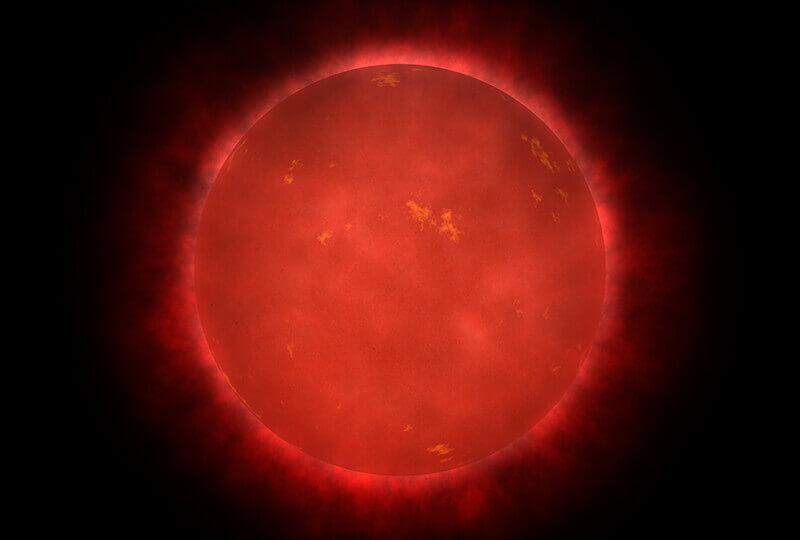June 21, 2019
Two new Earth-like exoplanets could support life
 Two exoplanets orbiting Teegarden’s star, a faint red dwarf about 12 light-years away, could support life. (NASA/Walt Feimer)
Download image
Two exoplanets orbiting Teegarden’s star, a faint red dwarf about 12 light-years away, could support life. (NASA/Walt Feimer)
Download image
WHAT: Astronomers have identified two planets outside our solar system, known as exoplanets, that could support life. The planets, which orbit Teegarden’s star, are unlikely to have intense solar flares or other dangerous activity that could prevent life there. The findings were published in the journal Astronomy and Astrophysics.
We haven’t actually seen these planets, but their existence was inferred based on data that suggests they’re there. However, this could change as high-powered telescopes are being developed around the world.
EXPERT: Briony Horgan, an assistant professor of earth, atmospheric and planetary sciences at Purdue University, researches the geologic processes that shaped the moon and Mars. She is a participating scientist on NASA's Mars Science Laboratory rover mission and a co-investigator on NASA’s upcoming Mars 2020 rover mission, the first step toward bringing samples back from the planet.
QUOTE: “There are two special things about these planets. First, they’re just about the same size as Earth, which means they can hold on to their atmosphere for long periods of time. Smaller planets like Mars don’t have enough gravity to hold onto their atmosphere, which is why Mars is the cold and barren planet it is today,” Horgan said. “Second, they’re at just the right distance from their host star. They receive about the same amount of light and heat that Earth does, meaning they can support liquid water on their surface. We call this distance from the star the ‘habitable zone.’”
“These planets were detected because astronomers saw that their gravity was tugging on their host star and moving it around slightly. So we know their mass and how far they are from the star they orbit, but we don't know their diameters, and more work will be needed to figure out exactly how big they are. Exoplanets are exciting to find, but they’re also hard to study because they’re so small and dim compared to their stars.”
Media Contact: Kayla Zacharias, 765-494-9318, kzachar@purdue.edu
Source: Briony Horgan, 765-496-2290, briony@purdue.edu

